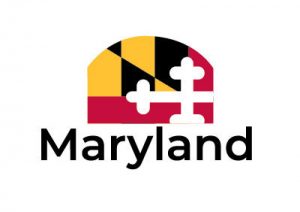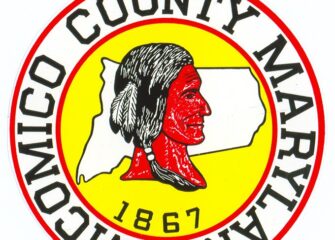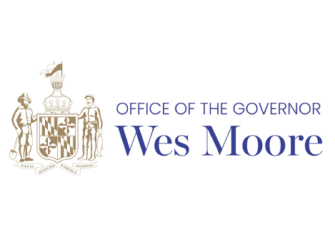
More than 140,000 Postcards Mailed Encouraging Low-income Homeowners and Renters to Apply for Property Tax Credits
The Maryland Department of Assessments and Taxation (SDAT) is urging Marylanders to consider whether they may be eligible to receive a homeowners’ or renters’ property tax credit by accessing our innovative online tax credit application system, which strengthens our ability to continue processing all tax credit applications in an accurate and timely manner. Legislation sponsored by the Department was also passed earlier this year, extending the submission deadline to October 1.
As part of the 2020 Tax Credit Awareness Campaign, last week SDAT mailed 133,706 postcards to low-income Maryland homeowners who may be eligible to receive a credit but have not yet submitted an application. Additionally, SDAT representatives have participated in outreach activities throughout the year with various interest groups and organizations to educate Marylanders about tax relief that may be available to them.
The Homeowners’ Property Tax Credit Program provides relief for eligible homeowners by setting a limit on the amount of property taxes owed based on their income. If a resident has already paid their property taxes and applies before October 1, any tax credit that the homeowner may be eligible for will be refunded by their county finance office. To access and submit the 2020 Homeowners’ Tax Credit application online, click here. If a paper application is preferred, click here to download. Once completed, the application should be mailed to “State Department of Assessments and Taxation, Homeowners’ Tax Credit Program, P.O. Box 49005, Baltimore, MD 21297.” Please note that due to the existing state of emergency, online applications will be processed significantly faster than those submitted by mail.
As part of the 2020 Tax Credit Awareness Campaign, SDAT also mailed 6,283 postcards to known renters who have not already applied for the tax credit, as well as non-subsidized rental companies to inform their tenants. The Renters’ Property Tax Credit Program provides tax relief for eligible renters who pay high monthly rent relative to their total income and do not receive federal or state housing subsidies or reside in public housing. The credit is issued in the form of a direct check payment of up to $1000.00 per year. To access and submit the 2020 Renters’ Tax Credit application online, click here. If a paper application is preferred, click here to download. Once completed, the application should be mailed to “State Department of Assessments and Taxation, Renters’ Tax Credit Program, P.O. Box 49006, Baltimore, MD 21297.” Please note that due to the existing state of emergency, online applications will be processed significantly faster than those submitted by mail.
To determine whether you are eligible to receive a tax credit, you may visit the links above or call 410-767-4433 or 1-800-944-7403 (toll-free within Maryland). To receive an application, please call 410-767-4238.
In 2019, 46,000 homeowners received an average of $1,347.65 in tax relief, and 8,773 renters received an average of $413.53 in tax relief. Combined, these two tax credit programs saved Marylanders more than $65 million last year. Many counties and municipalities also provide supplemental homeowners credits as defined by Tax Property Article §9-215, which provide additional tax relief. If a resident is approved to receive the state credit, they will automatically receive any local supplemental credit for which they are eligible.
The Hogan administration has taken a number of unprecedented steps to respond to the rapidly evolving COVID-19 crisis. For health resources regarding COVID-19, including case counts and clinical guidance, please visit the Department of Health’s webpage. For a list of resources to help businesses whose daily operations are affected during the state of emergency, please visit Maryland Business Express’ webpage. For information on filing for unemployment insurance, please visit the Department of Labor’s webpage. For a comprehensive list of ongoing state actions, please visit Governor Hogan’s webpage.



